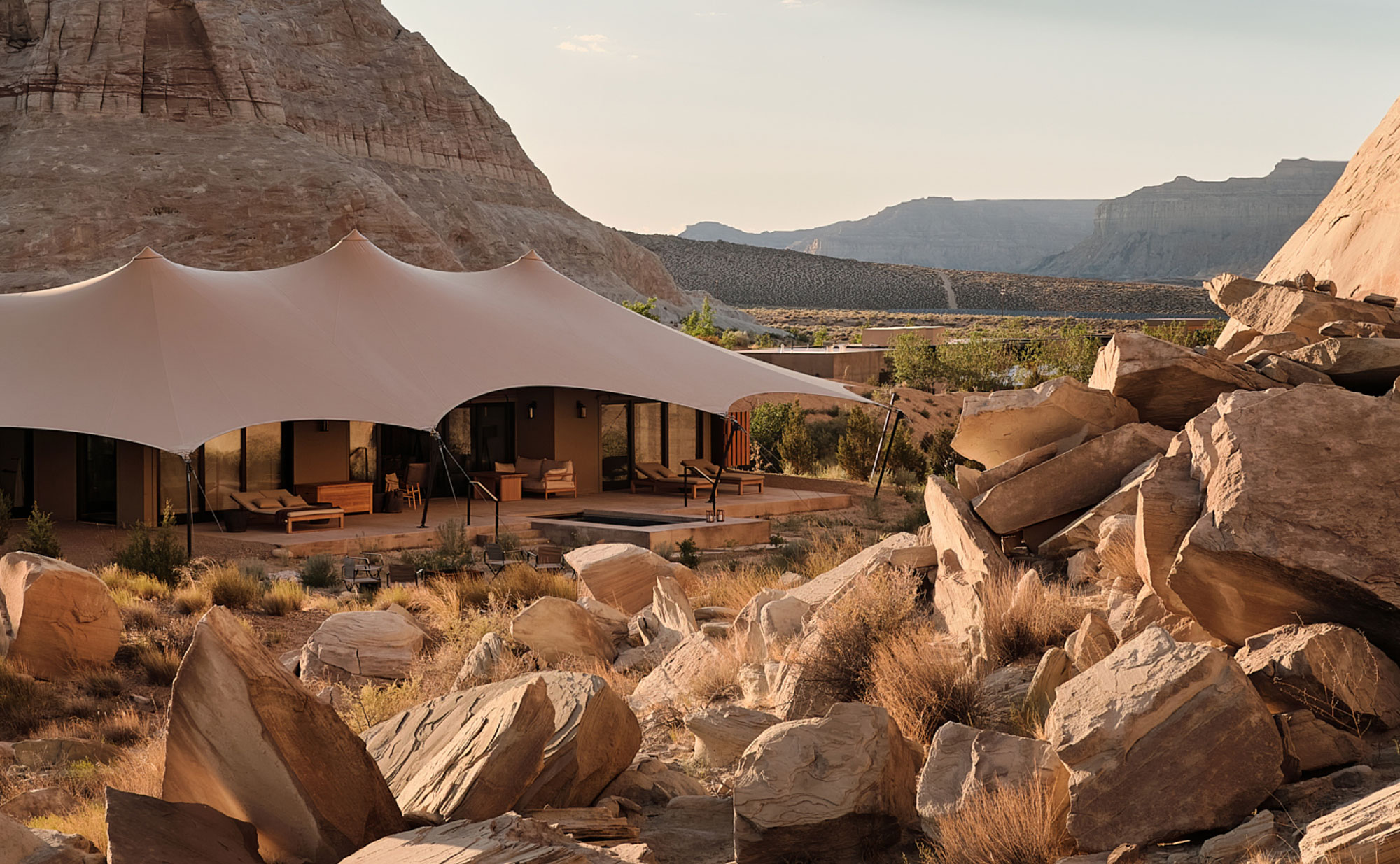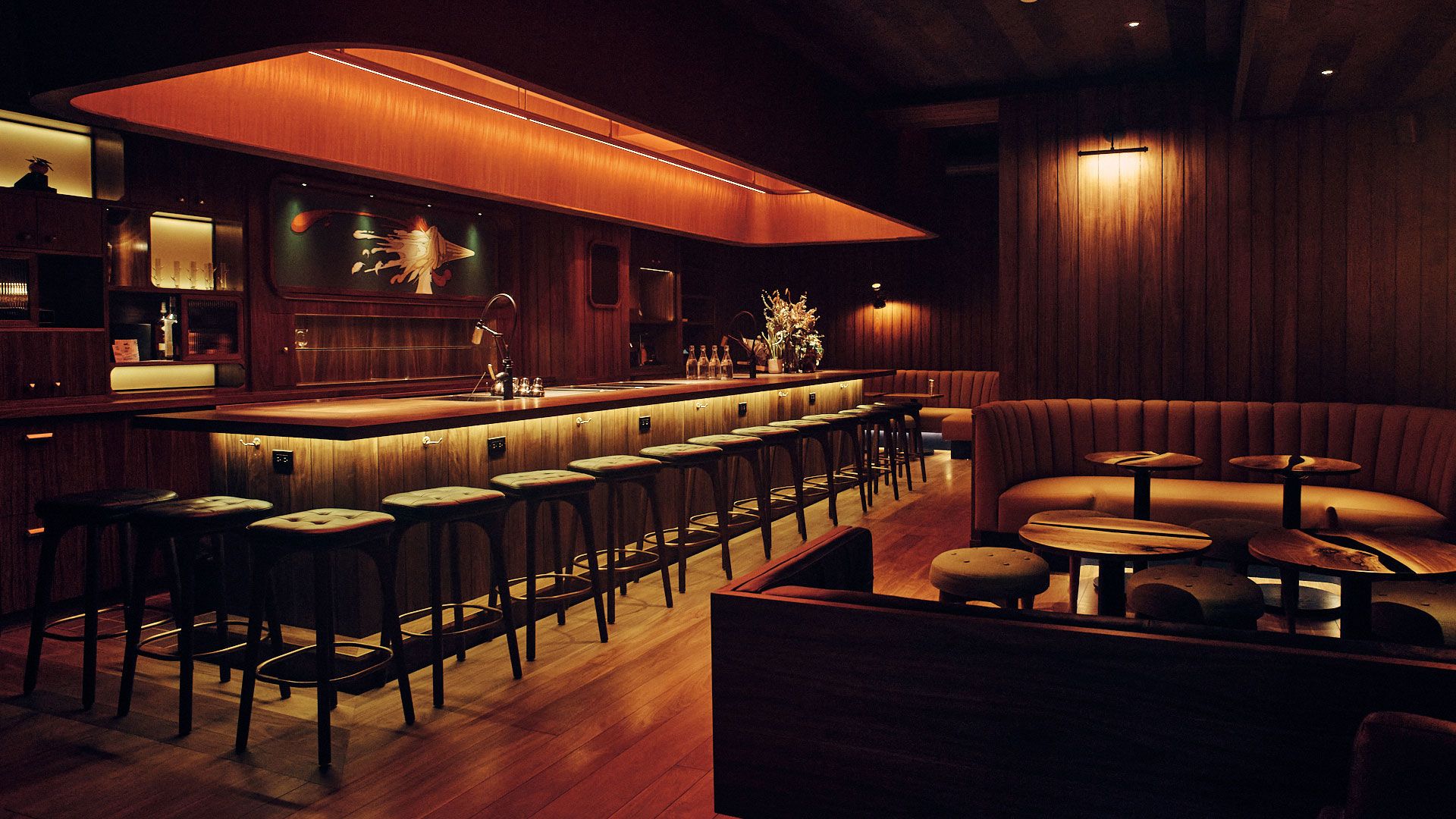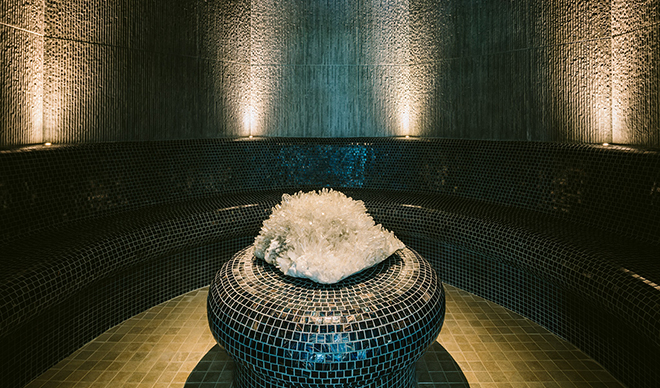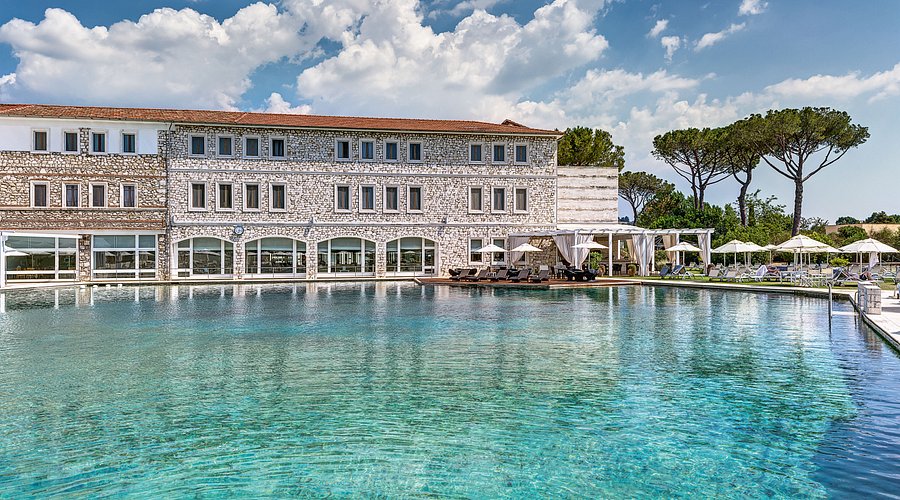Adaptive Reuse and Heritage Preservation in Award-Winning Properties

The world’s most compelling hotels today are not monuments of excess,
but acts of cultural preservation. Adaptive reuse and heritage stewardship
have become the true currency of timeless luxury.
The Strategic Imperative
- Market Value: Narrative-rich sites attract travelers seeking authenticity.
- Environmental Value: Reuse lowers embodied carbon and footprint.
- Cultural Value: Architecture anchors community memory.
From Ruins to Rituals
Industrial Revival
Warehouses, mills, shipyards reborn as loft-style hotels.
Sacred-to-Secular
Monasteries and abbeys adapted into serene spaces.
Aristocratic Estates
Palaces and châteaux reimagined as modern resorts.
Urban Icons
Stations, post offices, city halls revived as hotels.
Architectural Discipline
- Structural Integrity: Foundations revealed as aesthetic statements.
- Material Continuity: Stone and timber repaired, patina preserved.
- Spatial Grammar: Circulation respects historic axes.
- Lighting Philosophy: Daylight prioritized, artificial light subtle.
“Constraints are not obstacles—they are design intelligence.”
Cultural Stewardship
Craft Continuity
Artisans lead restoration, embedding traditions.
Community Integration
Hotels employ locally and open cultural programs.
Storytelling
Heritage tours, archives, and menus link past to present.
Case Highlights
- Europe: Parisian palaces integrate Renaissance detail with gastronomy.
- Asia: Bangkok warehouses reborn with teak beams preserved.
- Middle East: Istanbul caravanserai revived as boutique courtyards.
- Americas: Mexico City terminal transformed into hotel-bar nexus.
Metrics of Success
Adaptive reuse is no longer niche—it is the future.
Award-winning hotels do not erase the past—they illuminate it.






